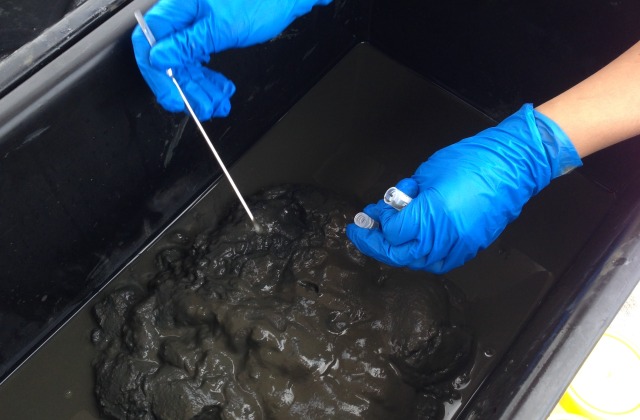Faster, higher and stronger? The pros and cons of molecular faunal data for assessing ecosystem condition
Abstract
Ecological observation of global change processes is dependent on matching the scale and quality of biological data with associated geophysical and geochemical driver information. Until recently, the scale and quality of biological observation on natural assemblages has often failed to match data generated through physical or chemical platforms due to constraints of cost and taxonomic resolution. With the advent of next-generation DNA sequencing platforms, creating ‘big data’ scale observations of biological assemblages across a wide range of phylogenetic groups are now a reality. Here we draw from a variety of studies to illustrate the potential benefits and drawbacks of this new data source for enhancing our observation of ecological change compared with traditional methods. We focus on a key habitat—estuaries—which are among the most threatened by anthropogenic change processes. When community composition data derived using morphological and molecular approaches were compared, the increased level of taxonomic resolution from the molecular approach allowed for greater discrimination between estuaries. Apart from higher taxonomic resolution, there was also an order of magnitude more taxonomic units recorded in the molecular approach relative to the morphological. While the morphological data set was constrained to traditional macroinvertebrate sampling, the molecular tools could be used to sample a wide range of taxa from the microphytobenthos, e.g., diatoms and dinoflagellates. Furthermore, the information provided by molecular techniques appeared to be more sensitive to a range of well-established drivers of benthic ecology. Our results indicated that molecular approaches are now sufficiently advanced to provide not just equivalent information to that collected using traditional morphological approaches, but rather an order of magnitude bigger, better, and faster data with which to address pressing ecological questions.

